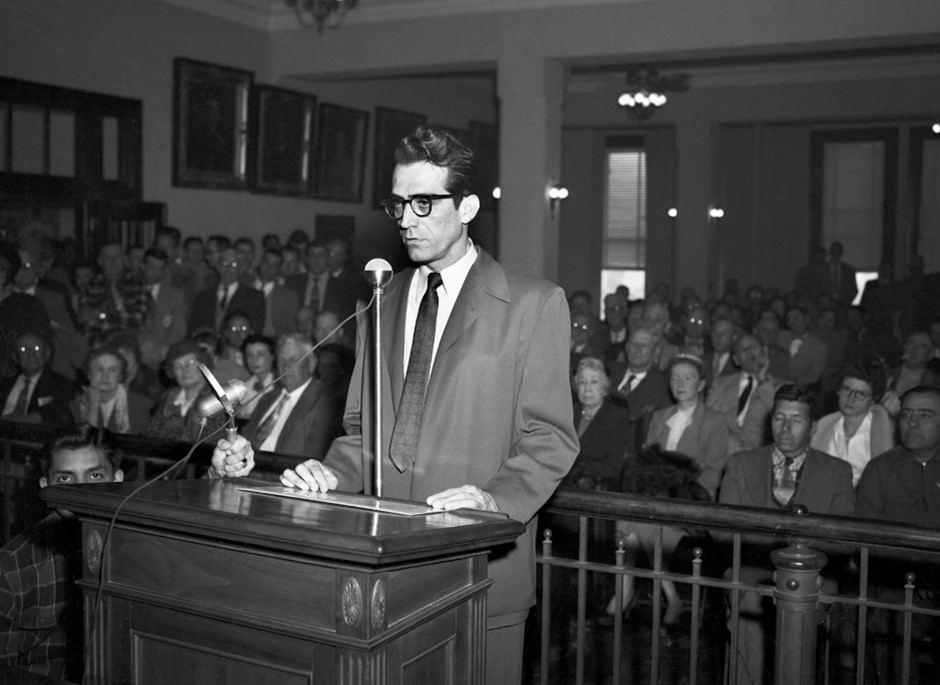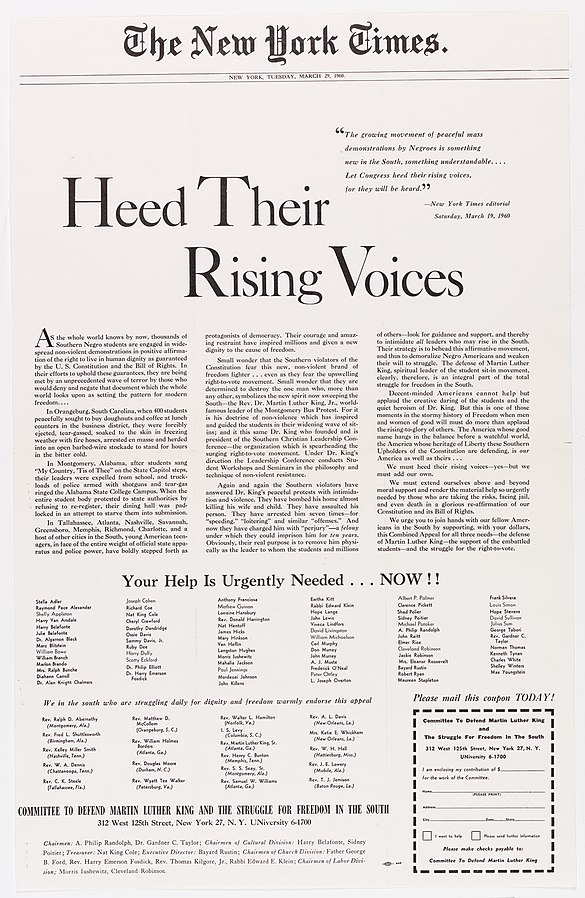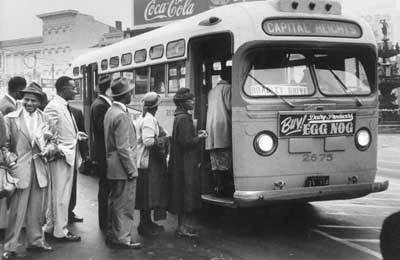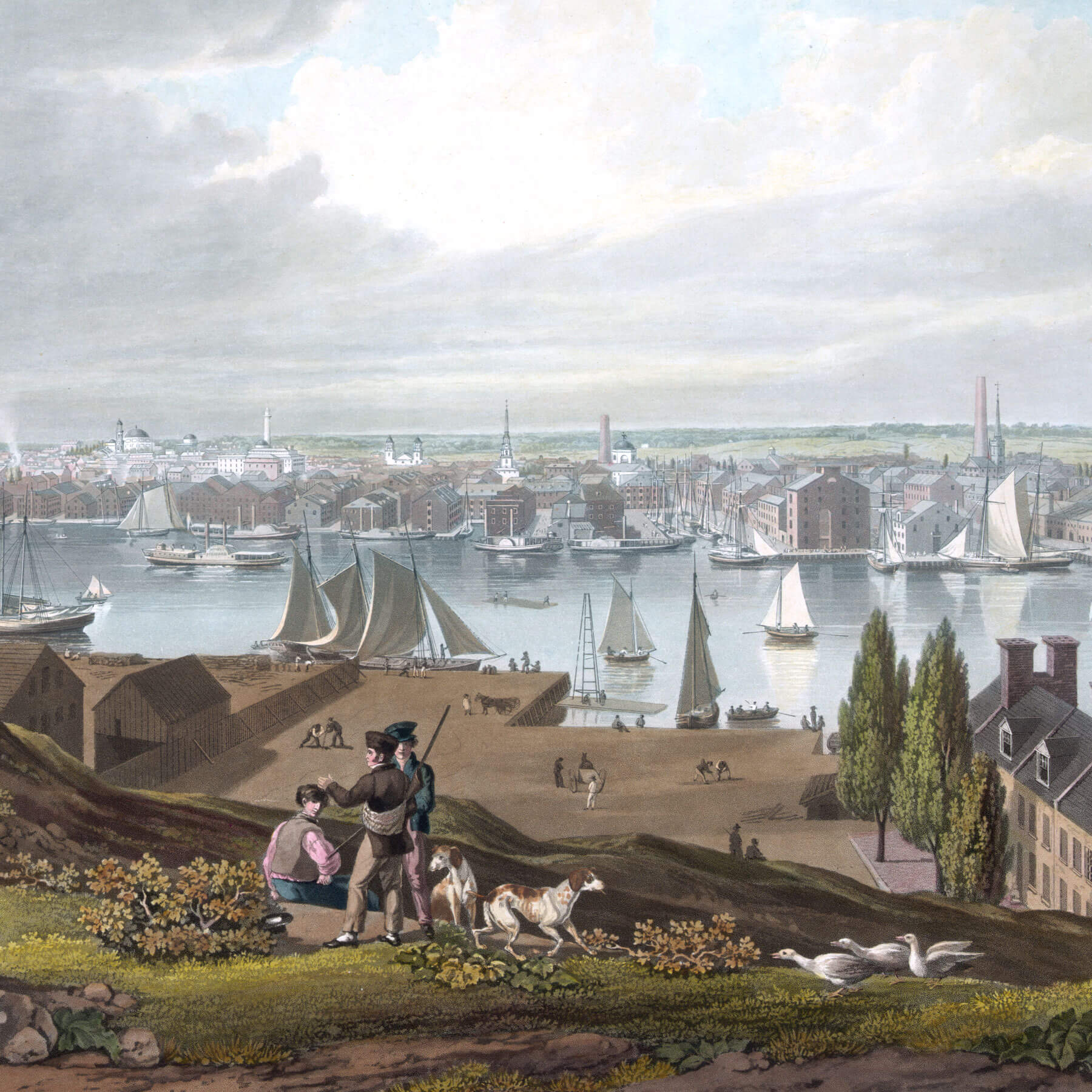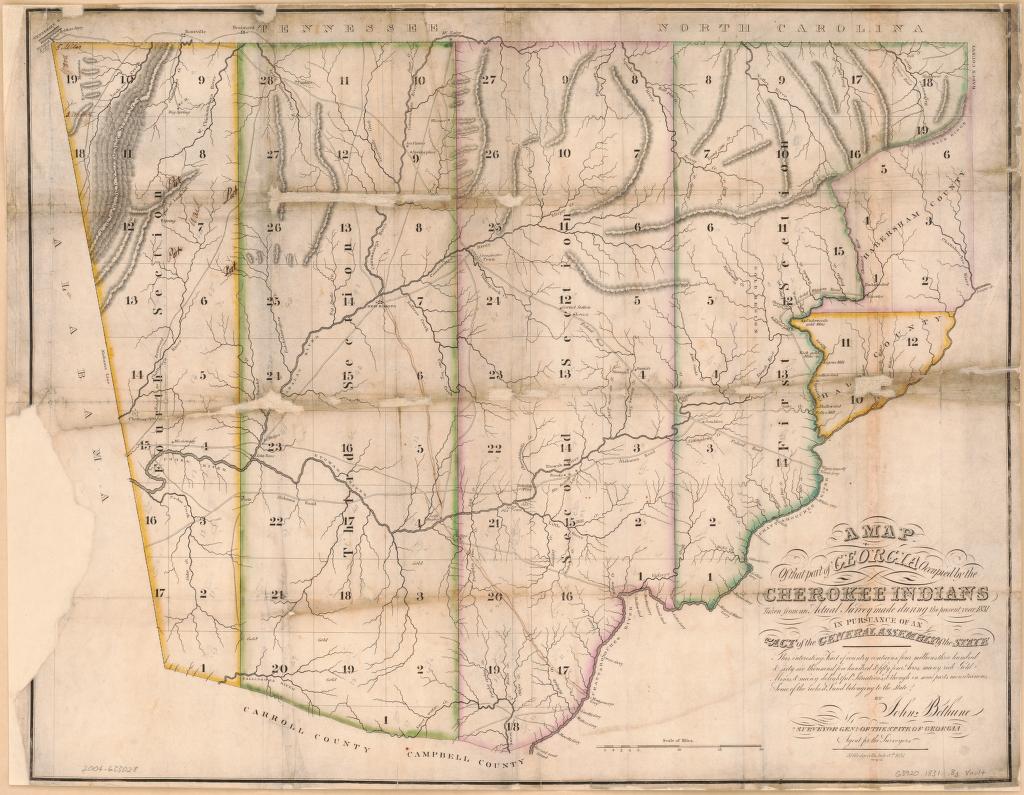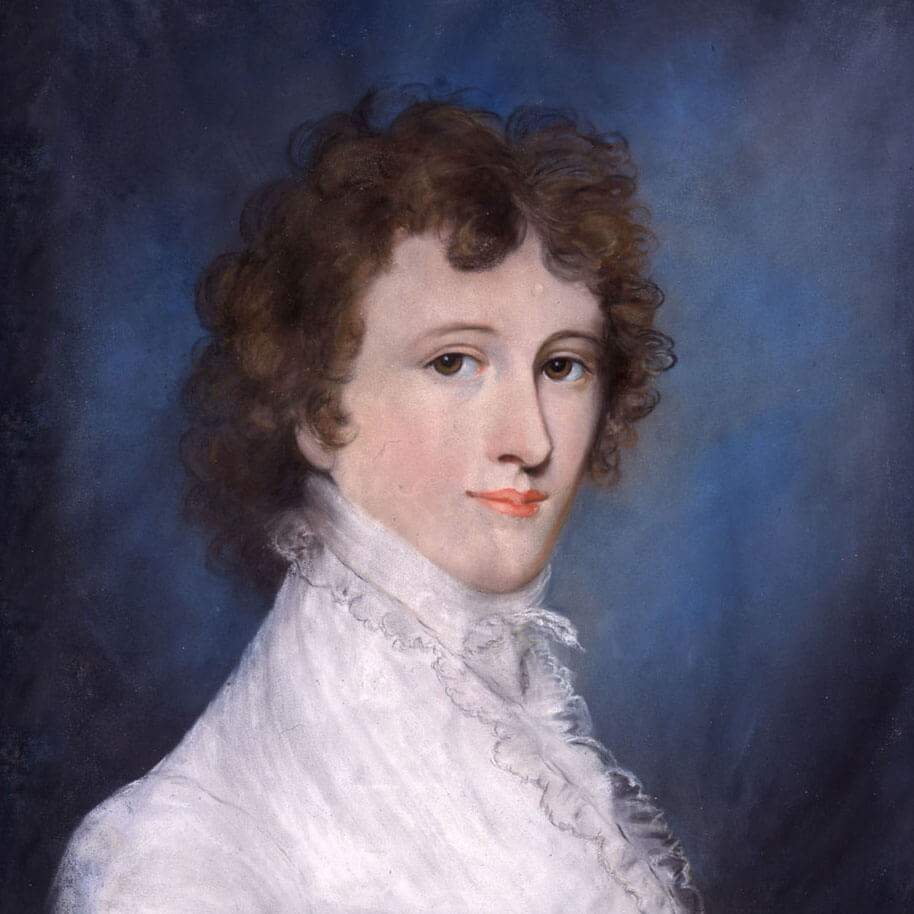Circuit
10 results-
United States v. Cruikshank
Significant CaseThe Supreme Court decision that limited the scope of the Fourteenth Amendment and weakened enforcement of federal Reconstruction policies.
-
Thomas Todd
Life StoryAn orphan who became a respected land title attorney, Chief Justice of the Kentucky Supreme Court, and the first Associate Supreme Court Justice appointed from west of the Appalachian Mountains
-
The Judiciary Act of 1891
Impactful PolicyThe law that created Circuit Courts of Appeals and helped shape the modern judiciary.
-
The Judiciary Act of 1789
Impactful Policy -
Tennessee v. Ed Johnson
Significant CaseThe historic state court case where the mob lynching of a Tennessee man led to the first and only criminal trial at the Supreme Court of the United States
-
Riding the Circuit
ArticleThe rather challenging additional responsibility held by Supreme Court Justices until the early 1900s
-
Joseph Story
Life StoryThe poet-at-heart who became the youngest Associate Justice of the Supreme Court and a leading Constitutional scholar whose work continues to influence modern interpretations of law.
-
Joseph P. Bradley
Life StoryThe Supreme Court Justice who held the deciding vote on the Electoral Commission for the presidential election of 1876.
-
Bushrod Washington
Life StoryA learned judge whose tireless pursuit of legal knowledge was the keystone of his judgments as an Associate Justice of the Supreme Court
-
Affirming Judicial Independence
EraThrough a series of landmark decisions, the Justices of the Marshall Court affirmed the judicial independence of the federal courts, the authority of the Supreme Court, and ensured that the Judicial Branch was an equal branch of the federal government.
